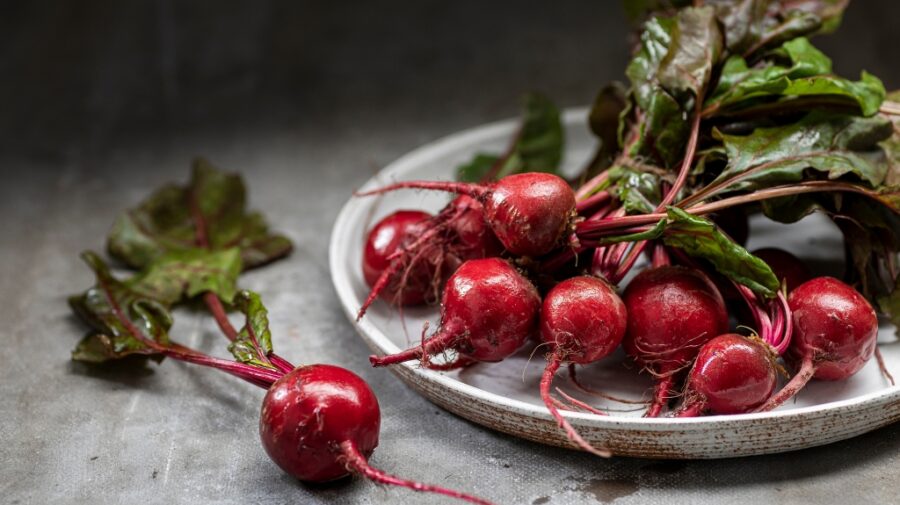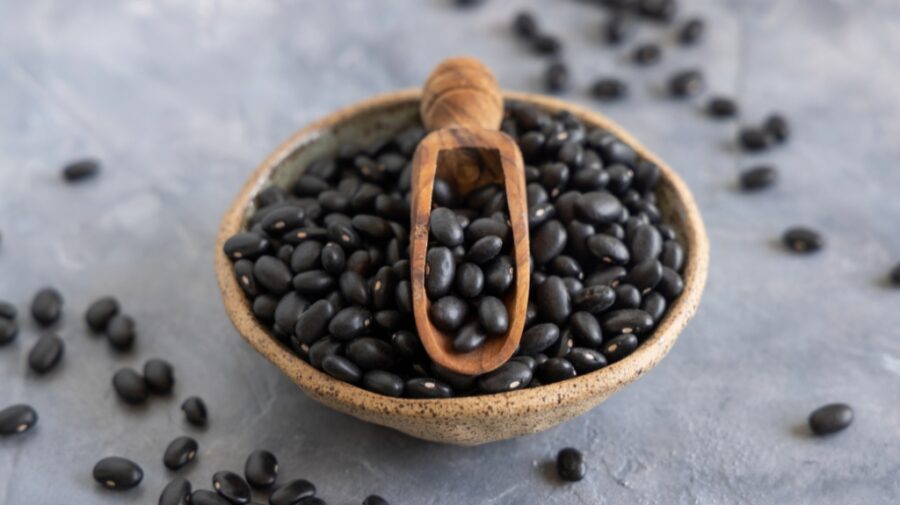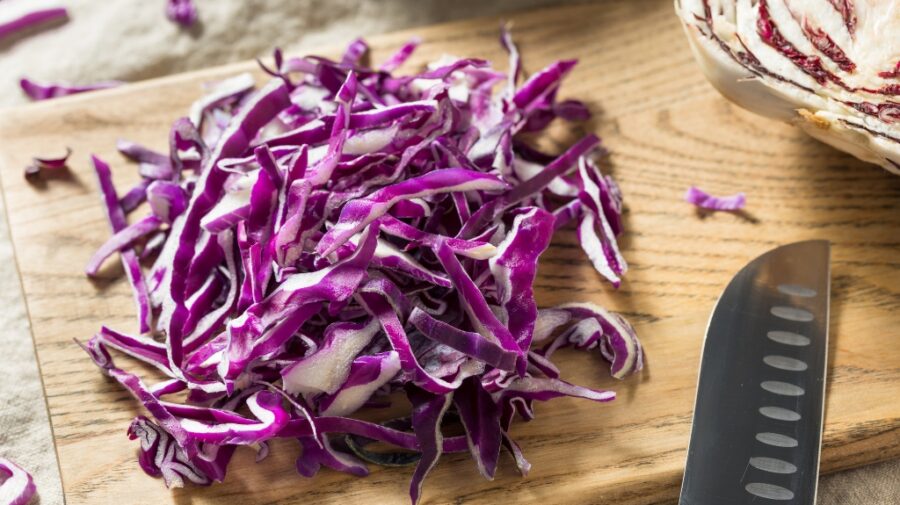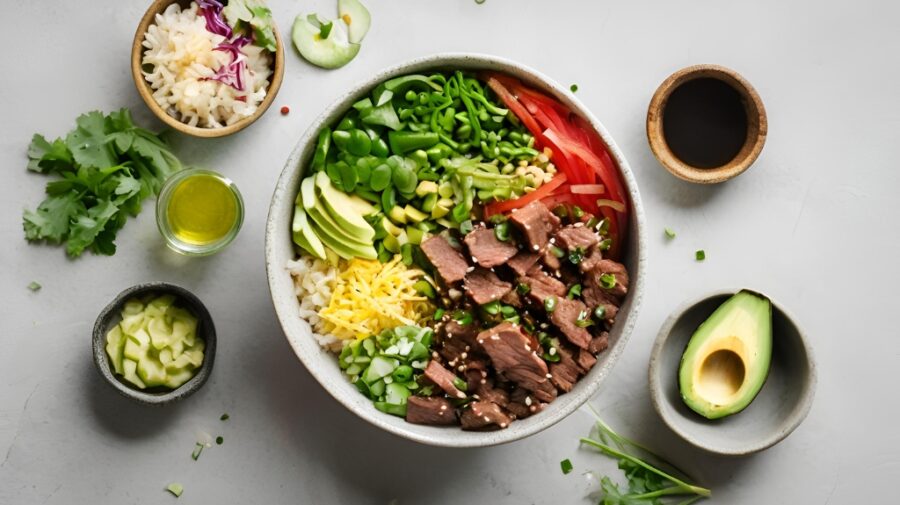

Burghul and Ginger
Body (include links & H tags):
Learn more about both burghul and ginger as ingredients for your next healthy meal.
Burghul
BURGHUL or bulgur wheat, is made from the parboiled, crushed and dried whole grains of durum wheat. The entire wheat kernel – including the germ, endosperm and bran – is eaten, making it a great source of fibre, protein as well as other minerals such as manganese, magnesium and iron. It is a popular and versatile ingredient in many Mediterranean and Middle Eastern dishes and has a chewy texture and mild, nutty flavour.
Where to find it? Burghul can generally be found in the cereal, health food or international aisle of your local supermarket or Middle Eastern grocer.
How to use it? Burghul requires very little preparation and is quick to cook! It is ready to be used after soaking in boiling water for 15-20mins or until the grains are light and fluffy. It can be tossed in salads and stews, made into pudding or porridge or even mixed with mince and shaped into kibbeh balls.
How to store it? Burghul will keep for up to 12 months in an airtight container or jar. Once soaked, burghul is best served immediately. However, leftovers can be refrigerated for up to two days.
Ginger
GINGER is a tropical flowering plant that belongs to the Zingiberaceae family. The fragrant underground stem (called a rhizome) is the part that is commonly used in cooking – either fresh, powdered, crushed, or pickled. It has a spicy, zesty, slightly sweet and woody flavour which lends beautifully to both sweet and savoury dishes.
Where to find it? Fresh ginger can be found in the produce section of your local supermarket or international grocer. Look for ginger roots that are firm with a smooth, unwrinkled outer layer (make sure to check the ends for signs of mould). Ground/dried ginger can be found in the spice aisle and pickled ginger in the international/Asian food aisle of your local supermarket.
How to use it? Ginger can be used to add extra flavour in marinades for meat/fish, stir-fries, salad dressings, soups/stews, smoothies, tea and baked desserts (see ‘Robyn’s Rhubarb and Raspberry Delight’ Free Food Recipe in your HWFL Guide for a sweet idea using crushed ginger).
How to store it? To make your ginger last longer, store it skin-on in the fridge for up to a month in a zip-lock bag. To keep it almost indefinitely, you can stick it (whole or cut up into pieces) in the freezer and simply grate the frozen ginger when you are ready to use it.
For more new ingredients to include in your cooking, browse these blog posts here.
Related posts


The Power of Everyday Movement: How Small Actions Can Boost Your Health
Read more
Top 5 Tips to Conquer the Cold
Read more
Refocus Your Health Journey with SMART Goals
Read more
Top Five Tips to help you fly through the Festive Season
Read more
Superfood Spotlight: Beetroot
Read more
A Spring Reset for Your Mind & Body
Read more
Black Bean Quesadillas
Read more
Staying Positive As You Strive For Your Health Goals
Read more
Freekeh and Red Cabbage
Read more
Cajun Beef Poke Bowl
Read more